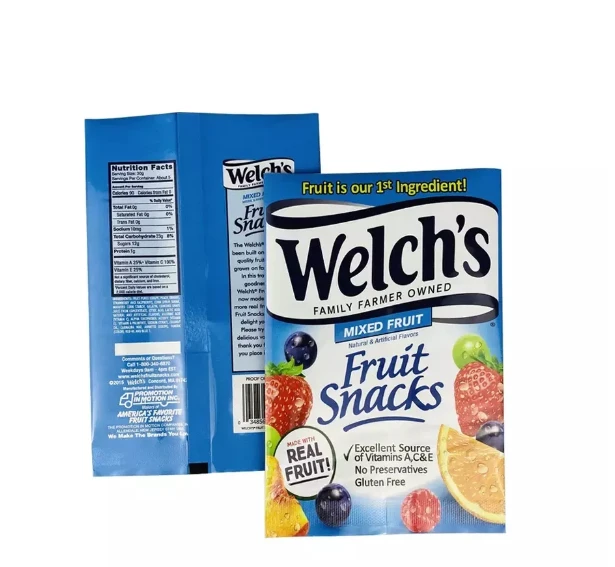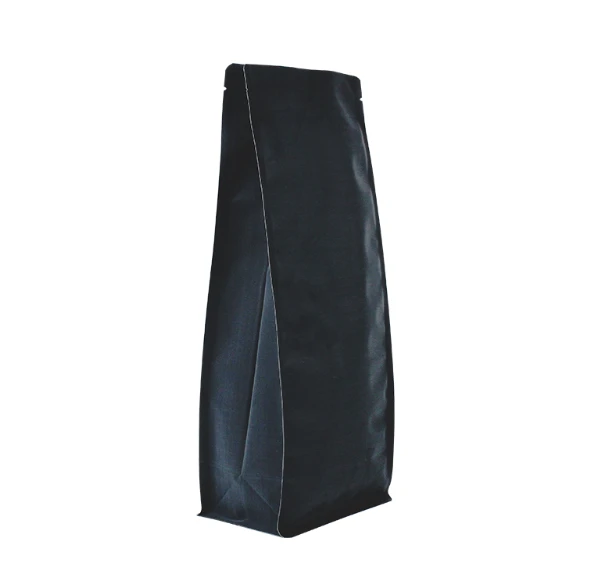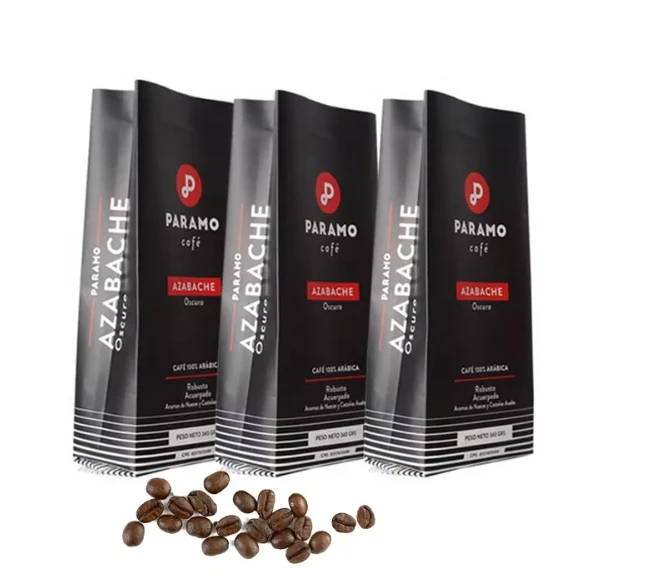- Afrikaans
- Albanian
- Amharic
- Arabic
- Armenian
- Azerbaijani
- Basque
- Belarusian
- Bengali
- Bosnian
- Bulgarian
- Catalan
- Cebuano
- chinese_simplified
- chinese_traditional
- Corsican
- Croatian
- Czech
- Danish
- Dutch
- English
- Esperanto
- Estonian
- Finnish
- French
- Frisian
- Galician
- Georgian
- German
- Greek
- Gujarati
- haitian_creole
- hausa
- hawaiian
- Hebrew
- Hindi
- Miao
- Hungarian
- Icelandic
- igbo
- Indonesian
- irish
- Italian
- Japanese
- Javanese
- Kannada
- kazakh
- Khmer
- Rwandese
- Korean
- Kurdish
- Kyrgyz
- Lao
- Latin
- Latvian
- Lithuanian
- Luxembourgish
- Macedonian
- Malgashi
- Malay
- Malayalam
- Maltese
- Maori
- Marathi
- Mongolian
- Myanmar
- Nepali
- Norwegian
- Norwegian
- Occitan
- Pashto
- Persian
- Polish
- Portuguese
- Punjabi
- Romanian
- Russian
- Samoan
- scottish-gaelic
- Serbian
- Sesotho
- Shona
- Sindhi
- Sinhala
- Slovak
- Slovenian
- Somali
- Spanish
- Sundanese
- Swahili
- Swedish
- Tagalog
- Tajik
- Tamil
- Tatar
- Telugu
- Thai
- Turkish
- Turkmen
- Ukrainian
- Urdu
- Uighur
- Uzbek
- Vietnamese
- Welsh
- Bantu
- Yiddish
- Yoruba
- Zulu
Challenges of Poor Package Design and Its Impact on Consumer Experience
The Impact of Bad Package Design on Consumer Perception and Brand Image
In today’s competitive marketplace, effective package design plays a critical role in influencing consumer behavior and shaping brand identity. Poor package design can not only turn potential buyers away but also tarnish a company's reputation, leading to long-term consequences for its product sales and brand loyalty. This article explores the various ways in which bad package design manifests and the ripple effects it can have on businesses and consumers alike.
First and foremost, bad package design often results in confusion or frustration for consumers
. When packaging is overly complex, lacks clear labeling, or fails to communicate important information, it can leave customers feeling exasperated. For instance, if a product is encased in an elaborate maze of materials that are difficult to open, consumers may abandon the purchase altogether. A classic example is seen in the packaging of certain electronics, where the layers of protective plastic and cardboard can lead to irritation rather than excitement. This type of negative experience can dissuade consumers from purchasing the product again and may lead them to share their frustrations with others, thereby amplifying the negative impact on the brand.Moreover, poor package design can lead consumers to question the quality of the product itself. In many cases, packaging is seen as a reflection of the product inside. If a product's packaging appears cheap, poorly constructed, or unattractive, customers may assume that the product lacks quality or efficacy as well. For instance, a skincare product in a flimsy container may trigger doubts about its effectiveness and safety. It is essential for brands to understand that the visual and tactile aspects of their packaging are intertwined with customer expectations and perceptions. An attractive, well-crafted package can enhance perceived value, while a poorly designed one can detract from it.
bad package design

Environmental concerns also come into play when discussing bad package design. In an era where sustainability is increasingly prioritized, packaging that is excessively wasteful or non-recyclable can alienate environmentally conscious consumers. Brands that ignore eco-friendly practices in their packaging not only miss out on potential market segments but may also face backlash from the public. In contrast, companies that adopt sustainable packaging solutions resonate better with their target audience, boosting their brand image and consumer loyalty.
In addition, bad package design can hinder a product's shelf presence and visibility. In retail environments, consumers are bombarded with a multitude of options, making it imperative for products to stand out on the shelves. Packaging that fails to capture attention or convey the brand's unique selling propositions can easily be overlooked. An example is seen in the crowded beverage market, where vibrant, eye-catching packaging can make all the difference in attracting consumers' attention. Poorly designed packaging that blends in with competitors can lead to decreased sales and missed opportunities.
Finally, the digital age has transformed the importance of package design due to the rise of e-commerce. Clear, engaging package designs are essential not only for physical stores but also for online platforms. Images of packaging that look unappealing or unclear can deter potential customers who might be browsing online, as they rely heavily on visuals to make purchasing decisions.
In conclusion, bad package design is a significant factor that can negatively influence consumer perception and brand image. From confusing layouts and the impression of low quality to environmental concerns and visibility challenges, the ramifications are extensive. Brands must prioritize thoughtful, innovative package design to ensure they remain competitive and resonate with today’s discerning consumers. A strategic approach to packaging can pave the way for enhanced customer satisfaction and long-term success.













